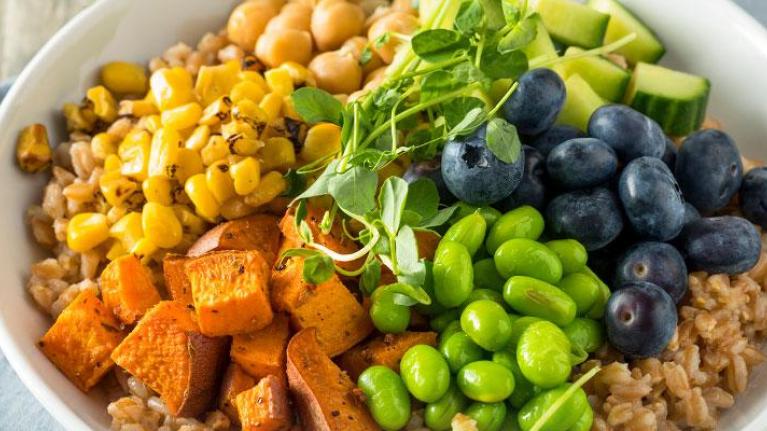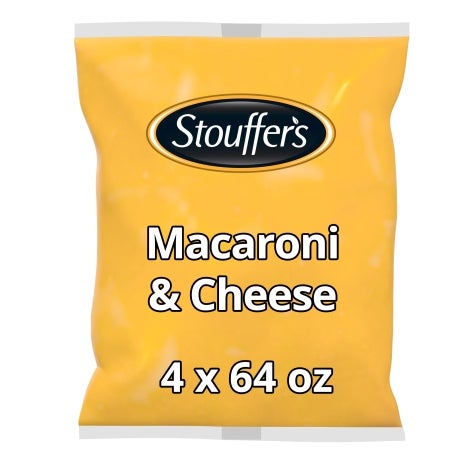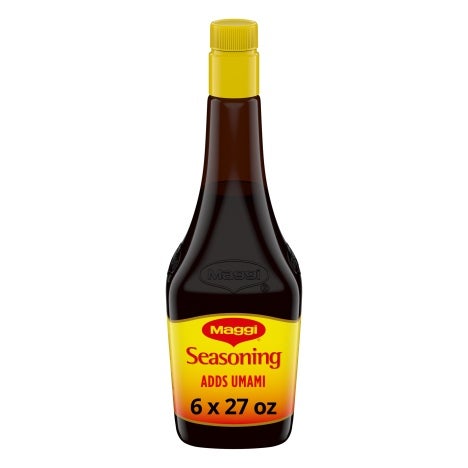
- Trends & Insights
- Plant Based
Adapt to Today’s Demand for Plant-Based and Flexitarian Menus
Patrons are consuming more fruits and vegetables—but haven’t abandoned meat. They’re called “flexitarians.” Learn how to appeal to this taste trend with craveable, delicious menu items that focus on plant-forward foods.
Today’s flexitarian consumers are eating less meat, and they’re looking for healthful and delicious options featuring produce, grains, and plant proteins.
Plants have become the thoughtful menumaker’s best friend. From signature grain- and produce-centric menu specialties to plant proteins and entire plant-based menu concepts, eating more plant foods is becoming a mainstream trend.
According to Datassential, in fact, 22% of consumers are choosing to limit their meat and/or poultry consumption, for a variety of different reasons—including health concerns, desire for variety, and a commitment to sustainability—and more than half are eating more fruits and vegetables.
These consumers are not vegetarians or vegans, however. To varying degrees, meat is still part of their diets, but they are consuming more fruits, vegetables, and grains, as well as legumes, nuts, seeds, and other plant sources of protein. They may eat a meatless meal one night, and enjoy a juicy hamburger the next. The food industry is paying attention to this “flexitarian” eating style.
The challenge is to offer a variety of craveable, delicious, and healthy plant-forward foods. Rather than developing items that are designed just for vegetarians or vegans, creative menumakers are adding vegetable- and plant-focused signature dishes throughout the menu, to appeal to all diners, including those who typically enjoy meat. The focus is on adding variety, flavor, and value with fruits, vegetables, grains, seeds, and other plant foods while giving animal proteins and carbs a smaller role.
- Incorporate seasonal fruits and vegetables to provide freshness, variety, and sustainability cues
- Add nuts and seeds to vegetable dishes, salads, and other menu items, for texture, eye appeal, and a protein boost
- Experiment with global specialties that emphasize grains and vegetables rather than meat such as Asian stir-fries, Mediterranean bean and grain recipes, and Indian vegetarian items
- Use cooking techniques normally associated with animal proteins, such as searing, braising, and smoking, to bring value and interest to plant-based menu items
- Layer flavors with marinades, sauces, and garnishes
Just as there is a “nose-to-tail” ethos in meat cookery, where every part of the animal is used, plant-loving chefs have adopted root-to-shoot strategies to maximize utilization and minimize waste. Roasted carrots with carrot top pesto. Potato peel frittata. Candied orange peel pound cake. Ugly vegetable minestrone. These are stories about plants that resonate with flexitarians.
Presentation is also key. Instagram-worthy fruits and vegetables like two-tone watermelon radishes, purple chia seeds, black forbidden rice, and multicolor beets go a long way toward giving plant foods some added wow.
Source: Datassential, Plant-Based Eating SNAP! Keynote Report (2018)
The information provided is based on a general industry overview, and is not specific to your business operation. Each business is unique and decisions related to your business should be made after consultation with appropriate experts.
- Compared to a year ago, 16% of consumers are eating more vegetarian/vegan menu items, and 41% are eating more vegetables
- 59% of consumers eat meatless meals at least once a week
- 51% of consumers are interested in meat blended with grains or veggies, such as a burger made from a blend of ground beef and mushrooms
- Learn how to cook ancient grains with this handy chart (PDF) from Nestlé Professional
- Specials and LTOs (limited-time offers) represent an effective way to build excitement for plant-based menu items, in addition to taking advantage of seasonality providing a way of test-marketing permanent menu additions
- As a vegetarian product, Maggi® Seasoning is a terrific option for adding savory, meaty flavors to vegetable-forward dishes




